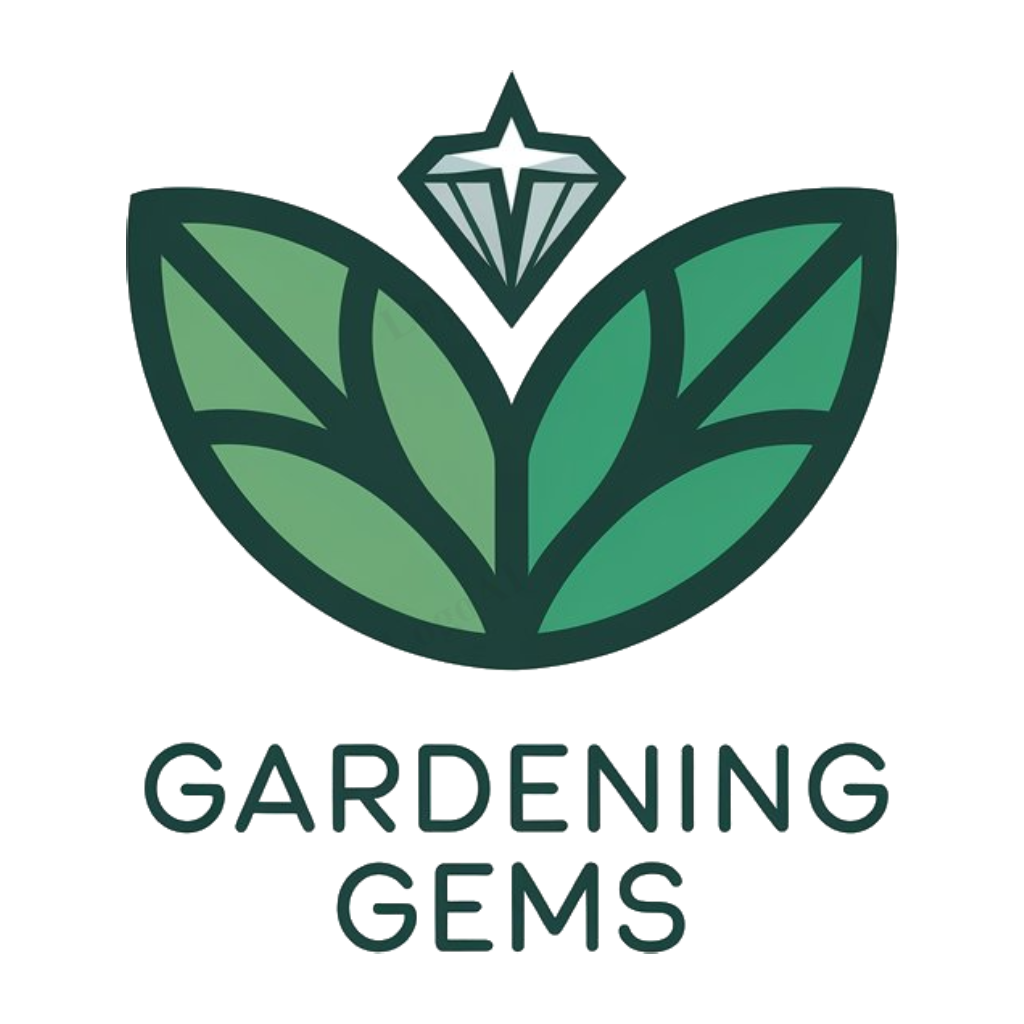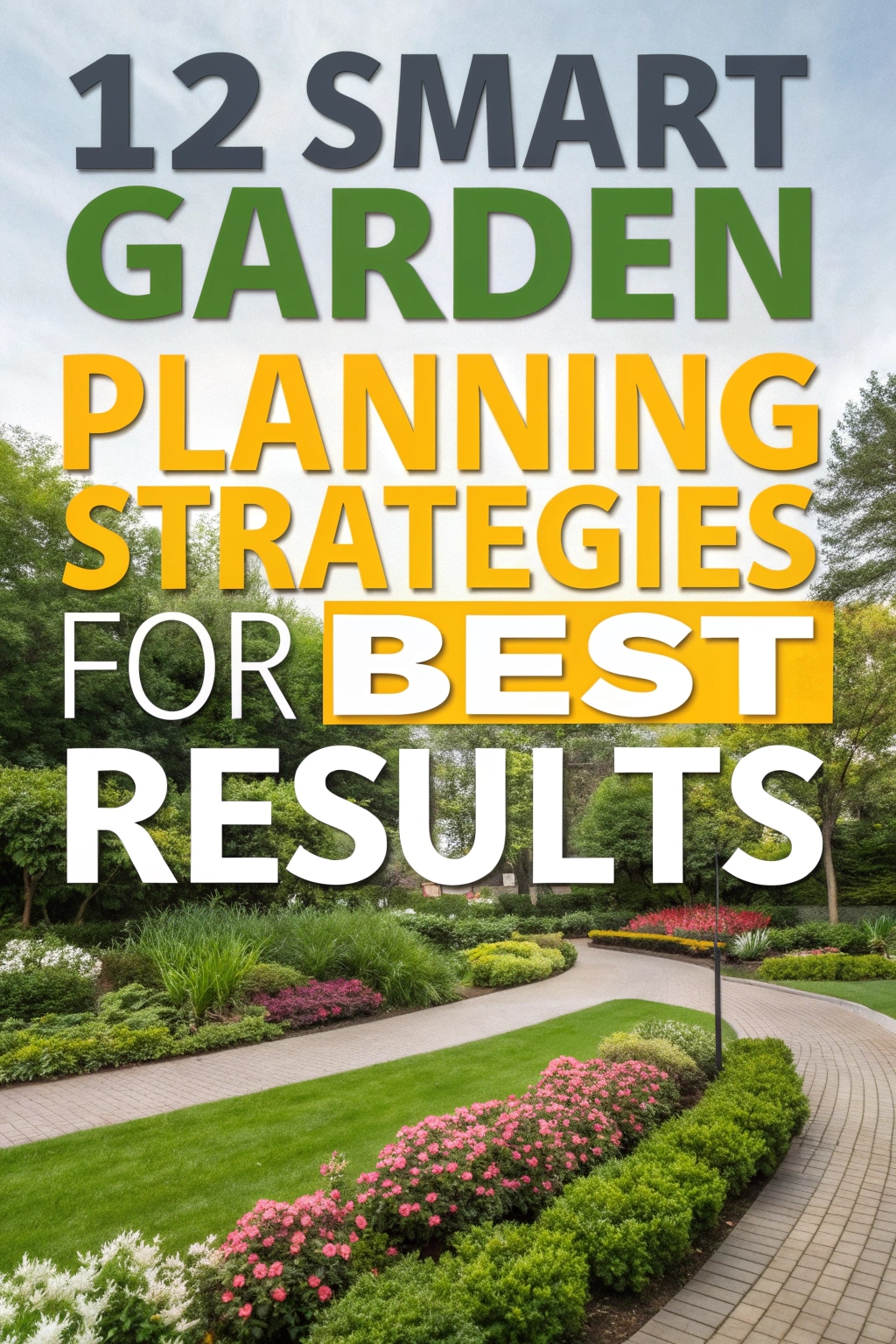Setting up a garden is an exciting project. You’ll start by assessing the climate and soil conditions in your area, which will help you design a great layout. This is important because it will determine how well your plants grow.
Choosing the right plants and allocating space for paths is also crucial for a successful garden. A well-planned garden can be a beautiful and peaceful place to spend time. By following some simple strategies, you can create a garden that will thrive and bring you joy for years to come.
Assessing Your Garden’s Climate and Soil
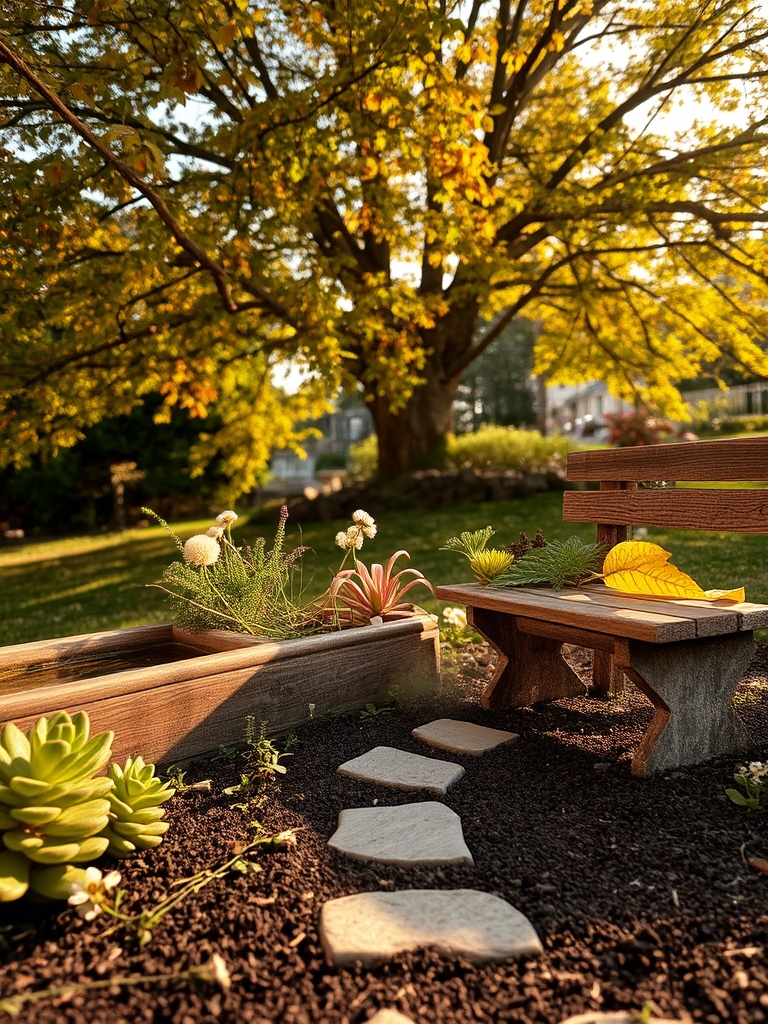
Assessing your garden’s climate and soil is crucial for a thriving garden. Evaluate the amount of sunlight, temperature, and rainfall your garden receives. Test your soil type, pH level, and nutrient content to determine its suitability for various plants, allowing you to make informed decisions for a successful garden design.”
Choosing the Right Plants for Your Space

Choosing the right plants for your space involves considering factors like climate, soil type, and available sunlight. Select plants that thrive in your local conditions and fit your desired aesthetic. Consider factors like growth habits, mature size, and maintenance requirements to guarantee a thriving and manageable garden. This helps create a harmonious and functional outdoor space.
Creating a Garden Layout and Design
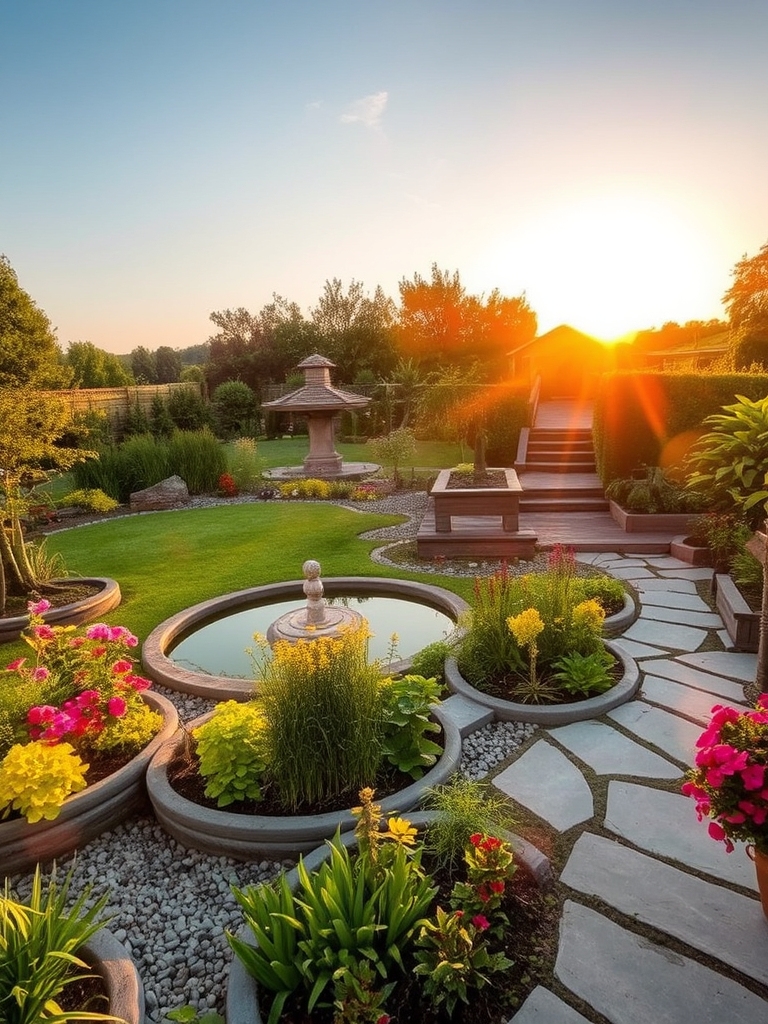
Creating a garden layout and design involves evaluating the yard’s conditions, considering the types of plants to be grown, and allocating space for various garden features such as paths, beds, and water elements. A well-planned design guarantees a functional, visually appealing, and thriving garden that meets the gardener’s needs and complements the surrounding landscape.
Understanding Sunlight and Shade Patterns

Understanding sunlight and shade patterns is vital for smart garden planning. Observe the amount of direct sunlight and shade your garden receives throughout the day, taking note of seasonal variations. This will help determine the best placement for plants with specific light requirements, ensuring ideal growth and a thriving garden ecosystem.
Planning for Water Conservation and Irrigation
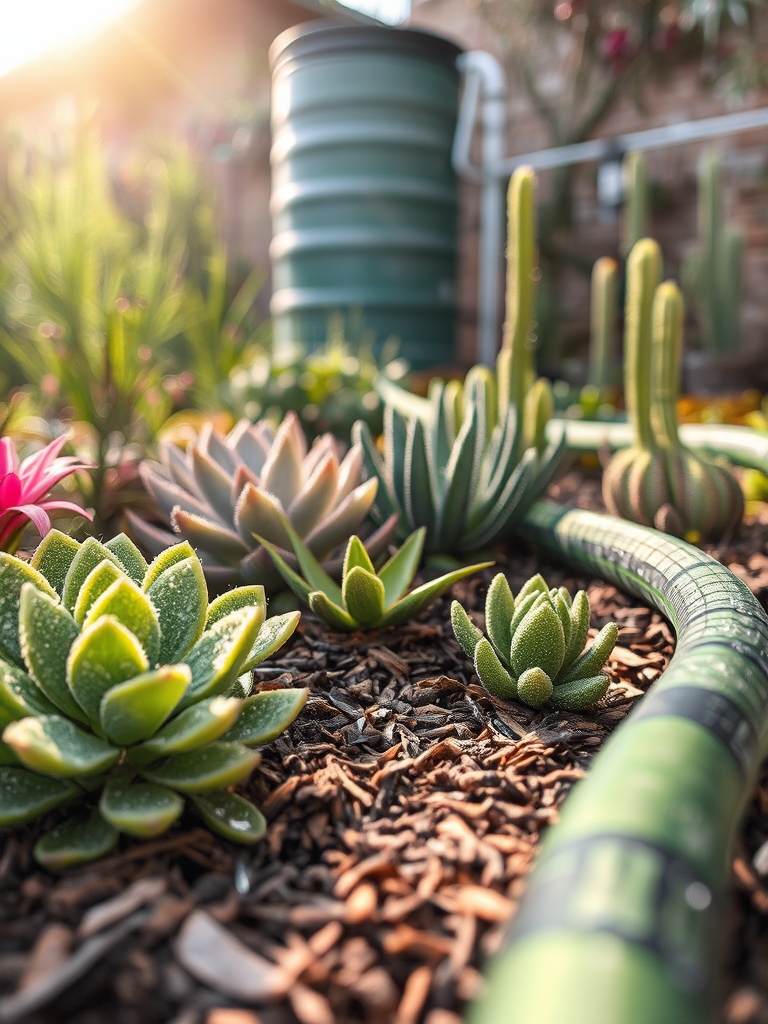
Planning for water conservation and irrigation involves selecting drought-tolerant plants, using mulch to retain moisture, and implementing efficient irrigation systems. This includes installing rain barrels, soaker hoses, and drip irrigation to minimize water waste and optimize water distribution, ensuring a thriving garden while conserving this precious resource.
Building a Compost System for Nutrient Rich Soil
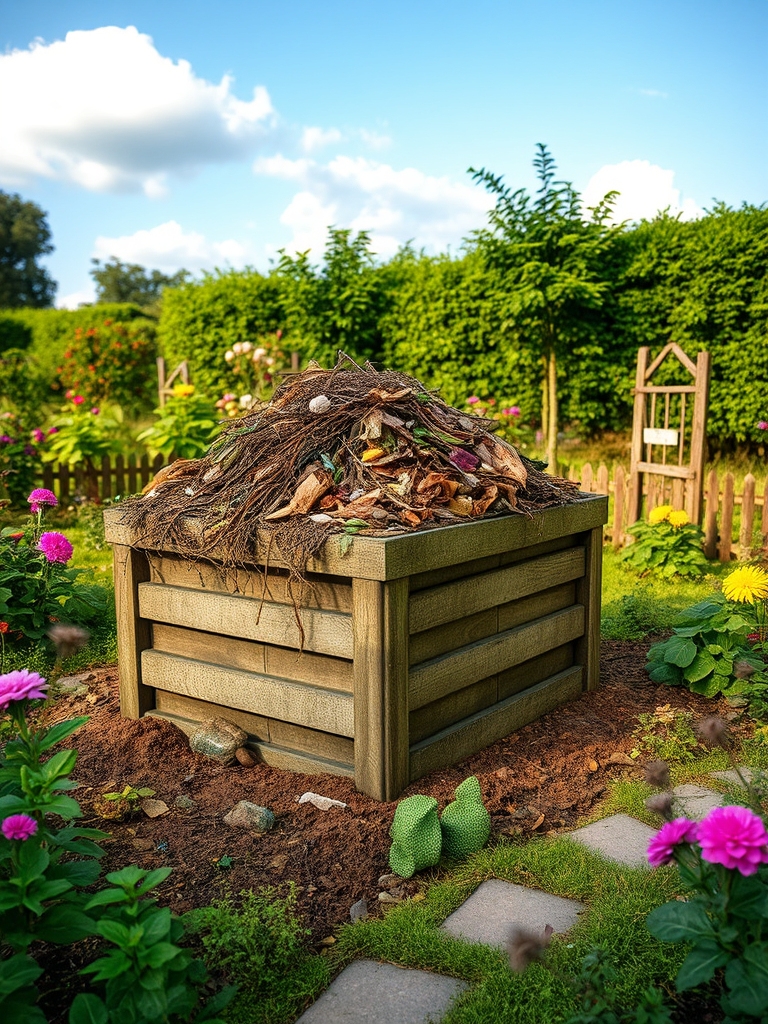
Building a compost system is vital for creating nutrient-rich soil. It involves collecting food scraps, leaves, and other organic materials, then allowing them to decompose into a natural fertilizer. This process reduces waste and provides essential nutrients for plants, promoting healthy growth and sustainable gardening practices. Effective composting requires proper maintenance and monitoring.
Selecting the Best Gardening Tools and Equipment
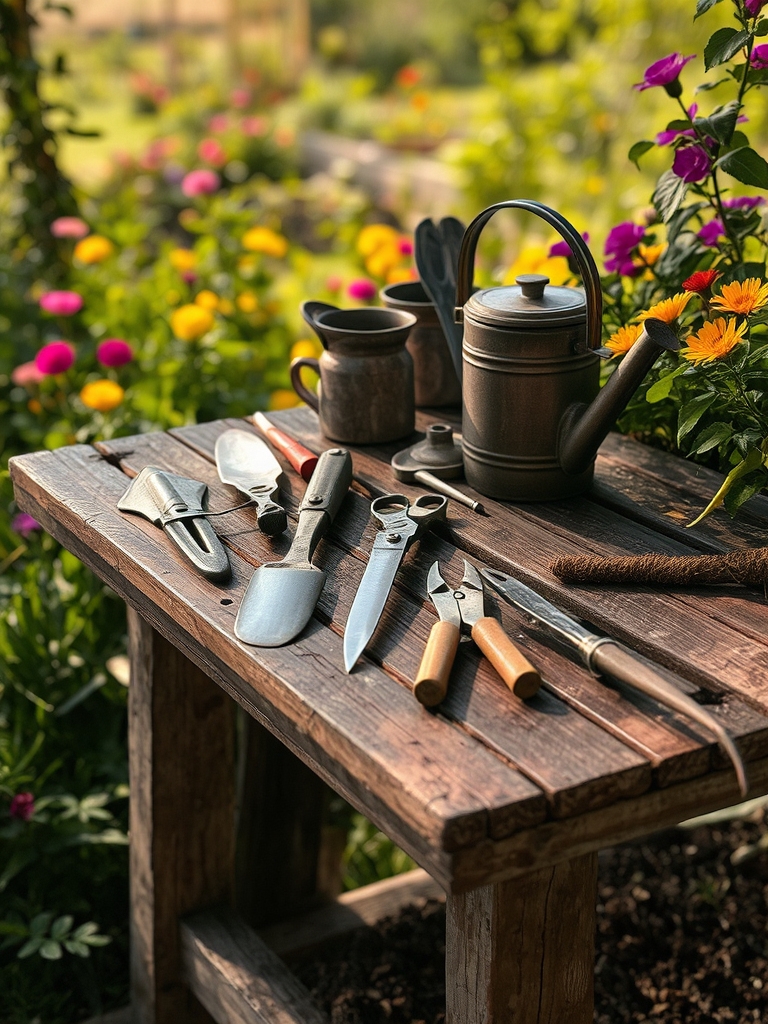
Selecting the best gardening tools and equipment is vital for a successful smart garden. Essential tools include a trowel, pruners, and watering can. Investing in durable, high-quality equipment can increase efficiency and productivity, while also reducing maintenance and replacement costs. Choosing the right tools can make gardening tasks easier and more enjoyable.
Implementing Companion Planting Strategies

Implementing companion planting strategies involves deliberately placing different plants together to improve growth, reduce pests, and enhance flavor. This technique promotes healthy plant relationships, increasing crop yields and biodiversity. By selecting complementary plants, gardeners can create a balanced ecosystem, minimizing the need for pesticides and fertilizers, and fostering a thriving garden environment.
Managing Pests and Diseases Organically

Managing pests and diseases organically involves using natural methods to control issues, such as introducing beneficial insects, practicing crop rotation, and utilizing organic fungicides and pesticides, to maintain a healthy and balanced garden ecosystem. This approach helps minimize harm to the environment and promotes sustainable gardening practices.
Incorporating Vertical Gardening Techniques
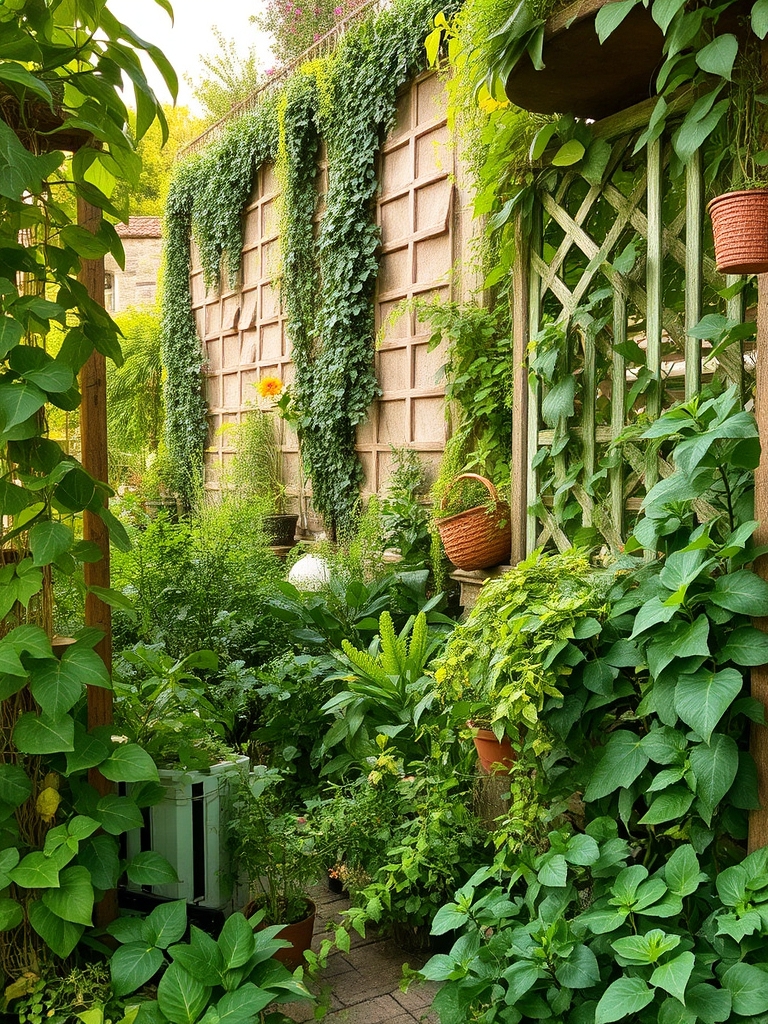
Incorporating vertical gardening techniques maximizes space and adds visual interest to your garden. Utilize trellises, arbors, or wall-mounted planters to train vining plants like peas, cucumbers, or ivy to grow upwards, making the most of your garden’s vertical potential and increasing overall yield. This approach also enhances accessibility and simplifies maintenance.
Using Crop Rotation for Optimal Growth
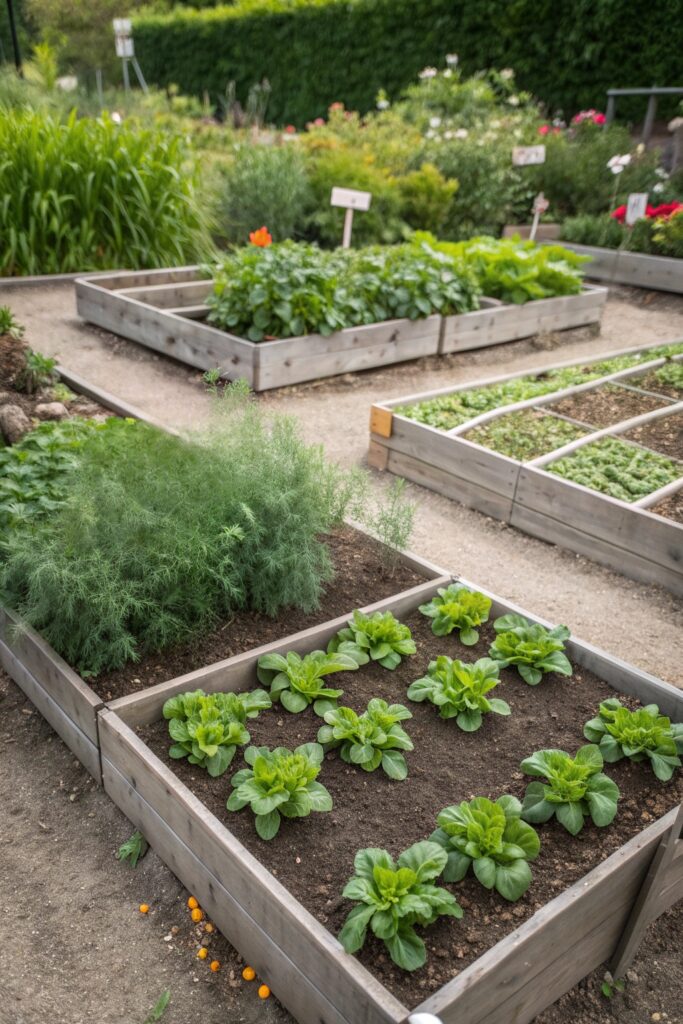
Crop rotation enhances soil fertility and structure by alternating plant families, reducing pests and diseases. This technique promotes ideal growth by replenishing nutrients, improving soil drainage, and increasing crop yields. By rotating crops, gardeners can create a balanced ecosystem, minimizing the need for fertilizers and pesticides, and ensuring a healthy and thriving garden.
Designing a Garden Pathway and Access
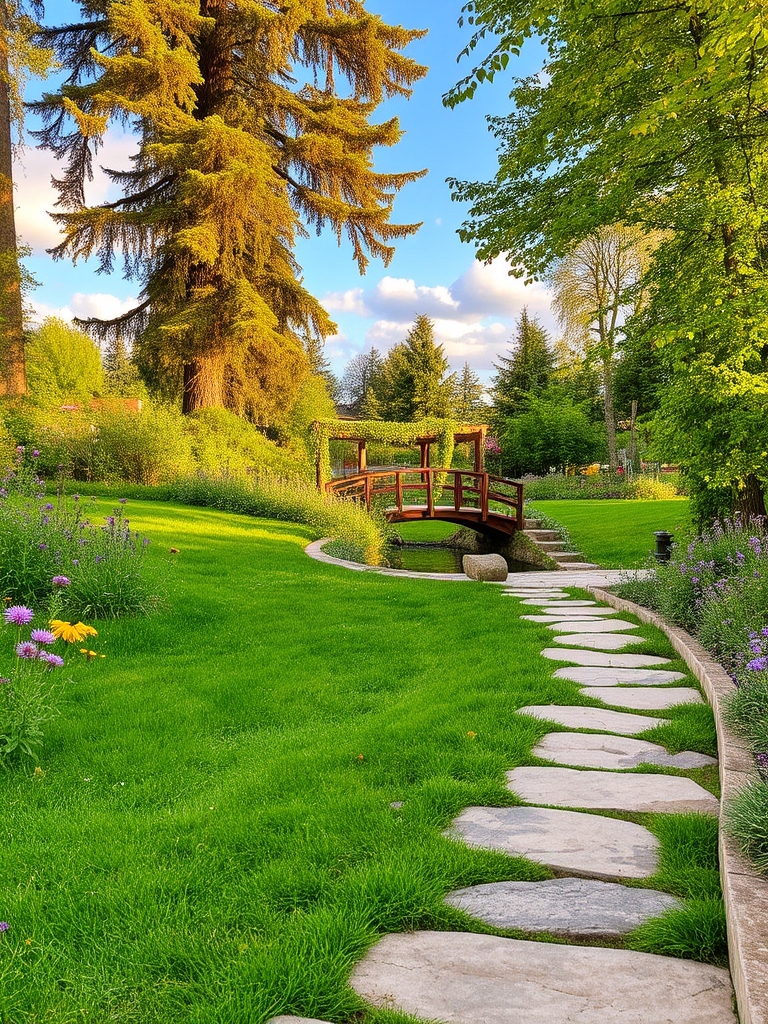
Designing a garden pathway and access involves choosing materials and layouts that blend functionality with aesthetics. Consider the path’s purpose, terrain, and surrounding landscape to create a harmonious and accessible route. Materials like stone, gravel, or wood can be used to create a visually appealing and functional pathway that connects different areas of the garden.
Conclusion
You’ve sown the seeds of success by implementing these strategies, and now your garden will be the “root” of all envy, thriving with ideal growth and sustainability. By maintaining a garden journal, you’ll track progress, and with proper tool selection, your garden will flourish, yielding a bountiful harvest and a beautiful outdoor space.
